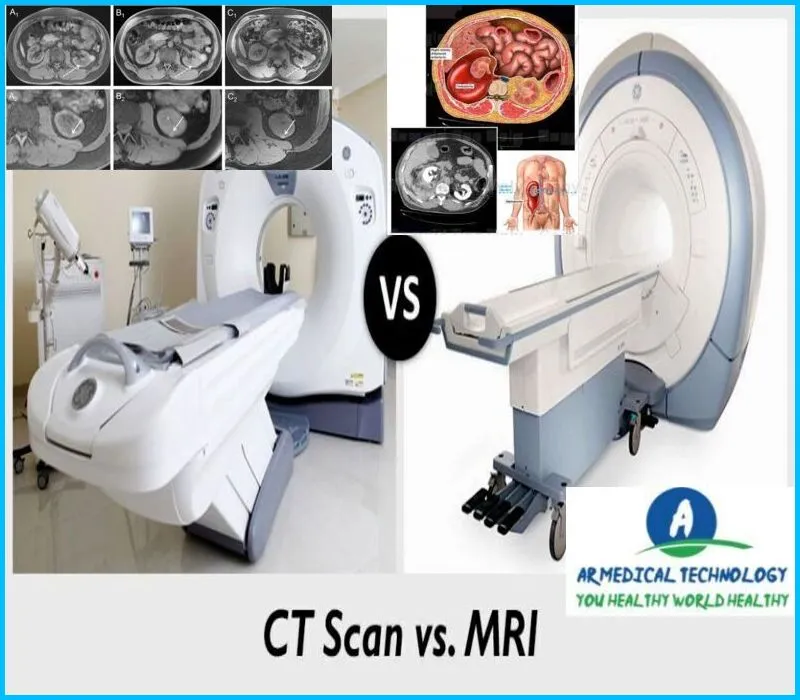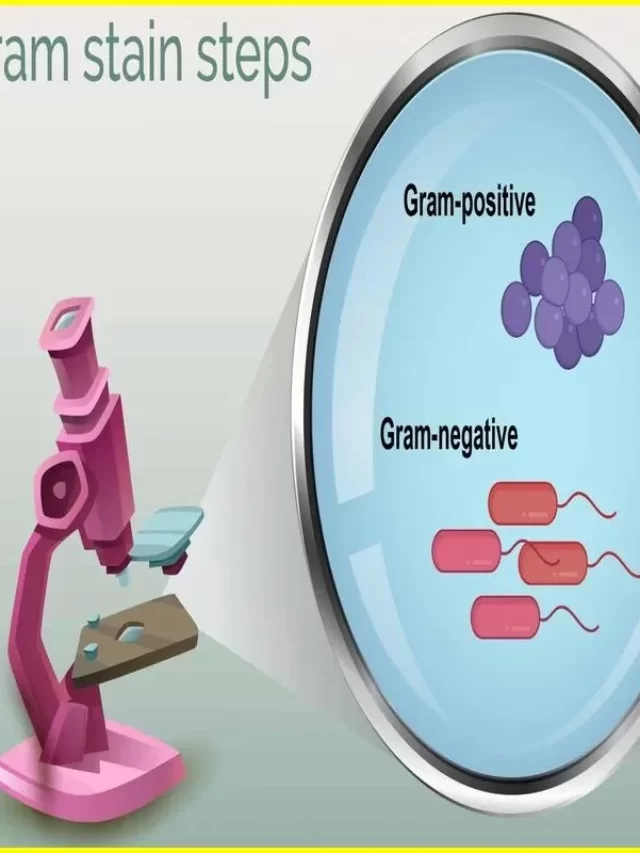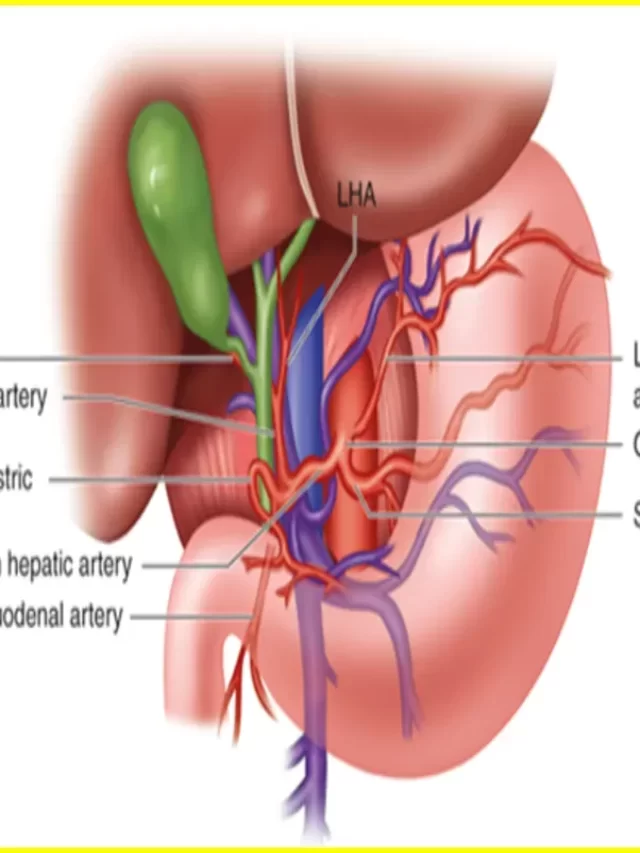
ct scan vs mri for abdomen, ct scan vs mri for abdomen
CT Scan Vs MRI for Abdomen
Compared to a CT scan, magnetic resonance imaging yields pictures that are more clear. An MRI is a better alternative than x-rays or CT scans when doctors need to see soft tissues. When compared to CT scans, MRIs can produce superior images of soft tissues and organs, including damaged ligaments and herniated discs.
Do you feel uncomfortable or have pain in your stomach? Are you unclear if an MRI or CT scan is the better imaging exam for your circumstances? It might be difficult to make an informed choice when there are so many alternatives accessible. Don’t worry, though; we’re here to help you weigh the benefits and drawbacks of each technology so you can select the one that will work best for your health. We’ll examine the differences between an MRI and a CT scan for abdominal imaging in more detail in this blog article and assist you in deciding which would be best for you. So take a seat back, unwind, and let’s get going.

Using a succession of spinning X-ray beams, a CT scan (Computed Tomography) creates comprehensive pictures of the organs, bones, and soft tissues inside the abdomen. They are able to identify cancers, enlarged organs, and other anomalies. Diagnoses for diverticulitis, gallstones, kidney stones, hernias, appendicitis, and abdominal discomfort are frequently made with CT scans. CT scanning has several benefits, two of which are its speed and affordability. Radiation exposure is one of the drawbacks.
Magnetic resonance imaging, or MRI, is a non-invasive imaging method that uses no radiation to provide remarkably detailed pictures of the inside of the body. MRI technology creates pictures from inside the belly by using radio waves and magnets. MRIs are the best method for identifying tumors or lesions in organs like the pancreas or liver, as well as for assessing the abdomen’s soft tissues and blood arteries. The non-invasiveness and lower radiation exposure of magnetic resonance imaging (MRI) are its benefits. On the other hand, the cost and processing time of MRI are higher than those of CT scans.
So when it comes to choosing between CT scan versus MRI for abdominal imaging, each has its own advantages.
Is CT or MRI better for abdomen?
When attempting to determine whether an MRI or CT scan is preferable for the abdomen, there are a few things to take into account. You are feeling a certain kind of discomfort in your abdomen. A CT scan can be your best bet if you’re experiencing severe, stabbing pain because it can provide you more precise pictures of the affected area. An MRI, however, can be a better choice if your stomach discomfort is more widespread as it gives your doctor a clearer view of the soft tissues in your belly.
You should also take into account if you are pregnant. CT scans are not advised for pregnant women due to their radiation exposure. MRIs are also thought to be safe for mothers and their children.
Cost is, of course, a consideration at all times. Generally speaking, a CT scan is less costly than an MRI. You should consult your insurance provider before making any decisions, though, since they could cover one but not the other.
Article About:- Health & fitness
Article About:- Medical Technology
Article About:- Sports

Which scan is best for abdomen?
There is no definite answer to this question as the best scan for the abdomen will vary on a case by case basis. A CT scan may be recommended if colon cancer is suspected, while an MRI may be ordered if there is concern about appendicitis or another abdominal condition. Ultimately, it is up to the doctor to determine which imaging test will provide the most useful information in each individual case.
Can MRI detect stomach problems?
An MRI of the stomach can detect many different stomach problems, including gastritis, ulcers, and tumors. Gastritis is an inflammation of the lining of the stomach, which can be caused by many different factors, including infection, stress, or certain medications. Ulcers are open sores that develop on the lining of the stomach, and can be caused by infection, stress, or even certain medications. Tumors are abnormal growths that can occur in any part of the body, and can be benign (noncancerous) or malignant (cancerous).
Why not use MRI instead of CT scan?
There are a few reasons why you might opt for a CT scan over an MRI when it comes to abdominal imaging. First, CT scans are generally faster than MRIs. They are also less expensive, and may be more easily covered by insurance than MRIs. Additionally, CT scan exposes patients to less radiation than MRI.
That said, there are also some advantages to getting an MRI compared to a CT scan. MRIs provide clearer images of soft tissue, making them better suited for certain types of abdominal conditions. They also do not require patients to hold their breath during the exam, which can be difficult for some people.

FAQ
Is CT or MRI better for abdomen?
When soft tissue distinction is required, MRI is often better. It can see organs that a traditional x-ray or CT scan could miss due to bone or foreign objects. It is a noninvasive method of assessing blood flow and may display the tissues from various angles.
Which scan is best for abdomen?
Abdominal CT scans can also be used to see where the needles will be inserted while aspirating (removing) fluid from the belly or doing biopsies of tumors or abdominal organs. Abdominal CT scans are helpful for tracking cancers and other diseases both before and after therapy.
Which is more accurate MRI or CT scan?
Since MRI scans are thought to provide more precise images, they are frequently utilized to diagnose disorders involving the joints, organs, or bones. To find any internal bleeding, tumors, or fractures in the bones, CT scans are frequently utilized. An MRI scan may be necessary for the following reasons: damaged ligaments.
What can MRI detect that CT Cannot?
An MRI is better for soft tissues, inflammation, torn ligaments, nerve and spinal difficulties, and certain types of organ injuries, whereas a CT scan is better for displaying bone and joint abnormalities, blood clots, and some types of organ injuries. In addition to accuracy, your doctor will also consider patient comfort.
What Cannot be detected by CT scan?
When it comes to displaying specific disorders that a CT scan is unable to identify, MRI truly shines. Certain malignancies, such those of the prostate, uterus, and liver, are virtually undetectable or extremely difficult to find on a CT scan. An MRI also provides a clearer picture of metastases to the brain and bone.









